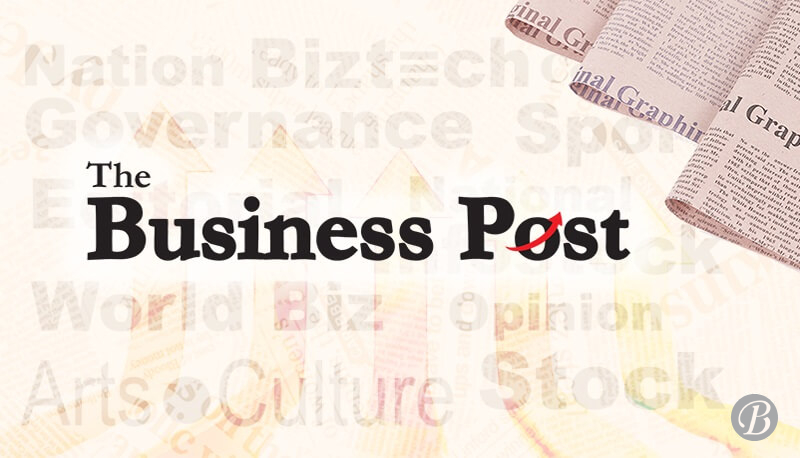Home ›› 05 Feb 2022 ›› Opinion

Economies in Latin American and the Caribbean are losing steam after making a strong comeback last year.
After a dramatic economic collapse in 2020, growth in the region rebounded to an estimated 6.8 percent, driven by robust trading partners growth, higher commodity prices, and favorable external financing conditions. On the domestic front, progress on vaccinations, continued fiscal support in some countries (e.g. Chile and Colombia) and accumulated savings from 2020 also supported growth.
For 2022, we expect growth to slow to 2.4 percent, a downgrade from our October forecast of 3 percent.
A slowdown is inevitable as economies return to their pre-pandemic GDP levels. But the downgrade reflects other challenges, including slower growth in China and the United States, continued supply disruptions, tighter monetary and financing conditions, and the emergence of the Omicron variant.
Last year was marked by rising inflation. In some of the largest economies in the region (Brazil, Chile, Colombia, Mexico and Peru), prices increased by 8.3 percent in 2021—the largest jump in 15 years and higher than in other emerging markets.
This rapid increase partly reflected the surge in food and energy prices. Core inflation, excluding food and energy prices, rose by less (6.3 percent), but still exceeded pre-pandemic trends and outpaced core price inflation in other emerging markets (5.3 percent on average).
Core prices grew rapidly in Brazil (7.2 percent), Chile (6.4 percent) and Mexico (5.9 percent), suggesting that inflation threatens to become more broad-based, though there is substantial variation across economies.
Many factors have contributed to the rise in inflation: rising commodity and imports prices (in part, due to global supply disruptions), exchange rate depreciations, as well as released pent-up consumer demand and a shift in spending towards goods over services. In some countries, wage pressures and indexation practices (contracts that adjust their terms automatically with inflation) are pushing up prices further.
Responding decisively
Given the region’s history of high inflation, large central banks reacted quickly and decisively to the sharp rise in consumer prices.
The speed of monetary policy tightening has differed across countries depending on their position in the economic cycle, and the degree and scope of price pressures and central bank credibility. In Brazil, Chile, Colombia, Mexico and Peru, policy rates rose between 1.25 percentage points and 7.25 percentage points over the course of 2021. These were often combined with forward guidance that signaled further rate increases in the coming months.
The hike in policy rates have helped maintain anchored inflation expectations, as we noted in our October Regional Economic Outlook , while shoring up the hard-won credibility of central banks.
Long-term inflation expectations remain relatively well-anchored, which reflects trust in monetary policy to bring inflation back to targets. However, short-term inflation expectations are elevated, suggesting the need for continued vigilance and possible further action by central banks in some countries.
If rising inflation threatens to de-anchor inflation expectations, central banks will have to raise interest rates further to signal a continued commitment to inflation targets and to avoid persistent price increases. This would have to be accompanied by clear and transparent communication.
IMF Blog